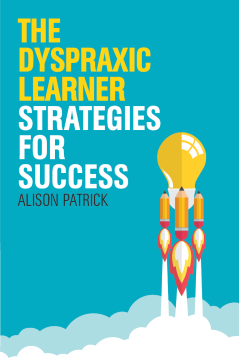
Additional Information
Book Details
Abstract
With a wealth of practical strategies for teaching and supporting students with dyspraxia aged from 11 years up to college or university level, this book addresses all aspects of learning and ways in which teaching can be tailored to the dyspraxic learner.
By exploring dyspraxia and its physical, emotional, psychological and social impacts on learning, the author shares tried-and-tested strategies for ensuring that students with dyspraxia achieve their full potential. This book covers a wide range of topics, such as research and study skills, improving memory, teaching literacy, visual and auditory learning styles, dealing with sleeplessness, stress, low self-esteem and anxiety, and preparing for future employment. Teachers will have a greater understanding of dyspraxia, and feel confident in helping students with dyspraxia to overcome educational challenges.
Teachers, lecturers, tutors and SENCOs will find this book useful, and it will also be of interest to students with dyspraxia who are looking for ways to help themselves with their school or university work.
Organised around easy-to-use lists, The Dyspraxic Learner provides an eclectic mixture of study tips for students with dyspraxia and their teachers. The clear explanations of common dyspraxic difficulties should make it an ideal introduction for teaching and support staff new to this area.
Victoria Biggs, author of Caged in Chaos: A Dyspraxic Guide to Breaking Free
Alison Patrick is a Specific Learning Difficulties Tutor, tutoring higher education learners with dyslexia, dyspraxia, autistic spectrum disorders and physical disabilities. Alison has worked as a business information researcher and ICT teacher. As a result of her experience of working with dyslexic students, she trained as a SpLD teacher, specialising in teaching dyspraxic learners. She has several years' experience working with dyspraxic students, and has researched extensively into this fascinatingly complex area.
I loved this book from the first paragraph. It is comprehensive, well-researched and grounded in reality. Alison describes the subtleties and complexities of dyspraxia brilliantly and illustrates that it is very much more than a motor difficulty and impacts greatly in every area of life. A welcome addition to any book shelf but a MUST read for anyone who can affect the progress of a person's educational career and emotional well-being.
Gill M. Dixon, Vice Chair, The Dyspraxia Foundation
